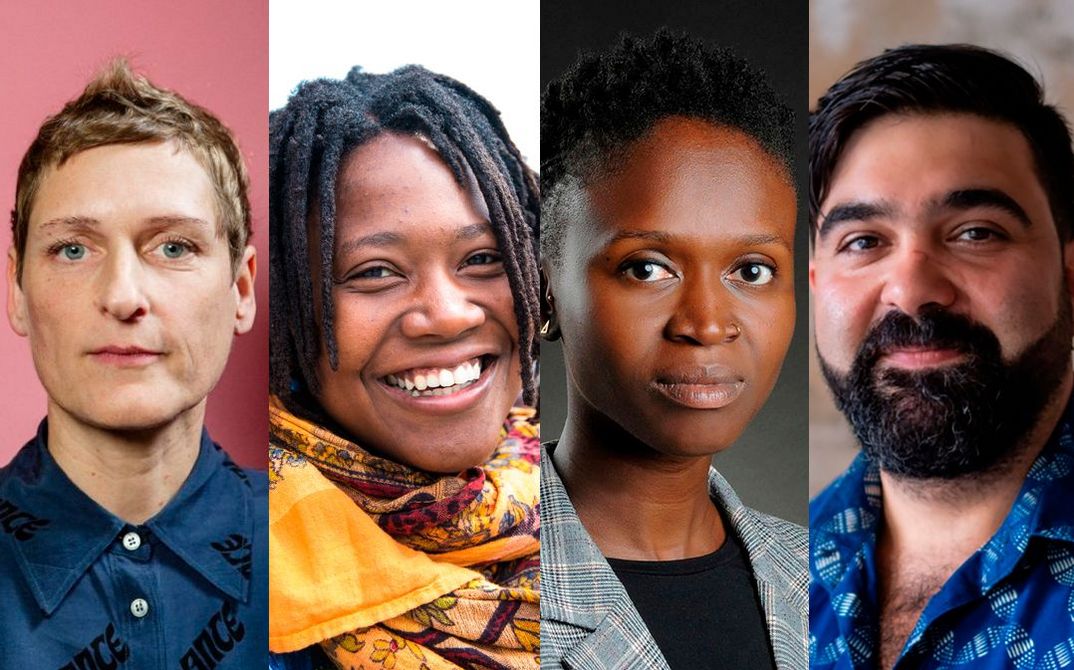Cristina Nord: This is the third edition of "Fiktionsbescheinigung". Is there a particular focus this time around?
Jacqueline Nsiah: When we started carrying out our research, there wasn’t, but now that the programme has been put together, certain central themes can be seen. For example, films made in East Germany, films by female directors of colour.
Cristina Nord: You mean OYOYO by Chetna Vora and EIN HERBST IM LÄNDCHEN BÄRWALDE by Gautam Bora?
Jacqueline Nsiah: That’s right. Chetna Vora and Gautam Bora came from India and studied film in Babelsberg in the late 1970s and early 1980s. Another focus is formed by the films made by the first and second generation of Turkish immigrants who came to Germany, the “Gastarbeiter” or “guest workers”.
Can Sungu: We concentrated on films from archives, films from the 1970s, 1980s and 1990s. They hadn’t been frequently screened, for different reasons in each case.
“You notice that a female director of color has an entirely different perspective on this life compared to the official narratives of East Germany.” (Can Sungu)
Cristina Nord: The two films from East Germany that you mentioned, Jacqueline, are really something special. What made you decide to include both of them in the programme?
Jacqueline Nsiah: What impressed me about EIN HERBST IM LÄNDCHEN BÄRWALDE is how an Indian student came to Germany and acted like an ethnographer, such a refreshing inversion and so ahead of its time.
Can Sungu: I think OYOYO is such a strong film because Chetna Vora succeeds in creating a microcosm of the life of foreign students in East Germany. The film is set entirely in interior spaces, in a hall of residence. German serves as a lingua franca. People are in constant interaction, dance and music play a big role. You notice that a female director of color has an entirely different perspective on this life compared to the official narratives of East Germany.
Cristina Nord: The theme of the party is interesting. Several films from this year’s programme bring celebration to the fore, isn’t that right?
Jacqueline Nsiah: Yes, very much so, as a celebration of life.
Can Sungu: AUFENTHALTSERLAUBNIS by Antonio Skármeta comes to mind here, which has some similarities to OYOYO, even though it’s not from an East German perspective, as it’s set in West Berlin. And it doesn’t take place in interior spaces either, but rather outside, in the Tiergarten, in front of Bellevue Palace. Very different communities come together there – all of whom have experienced exile. I think OYOYO and AUFENTHALTSERLAUBNIS enter into a dialogue with one another.



